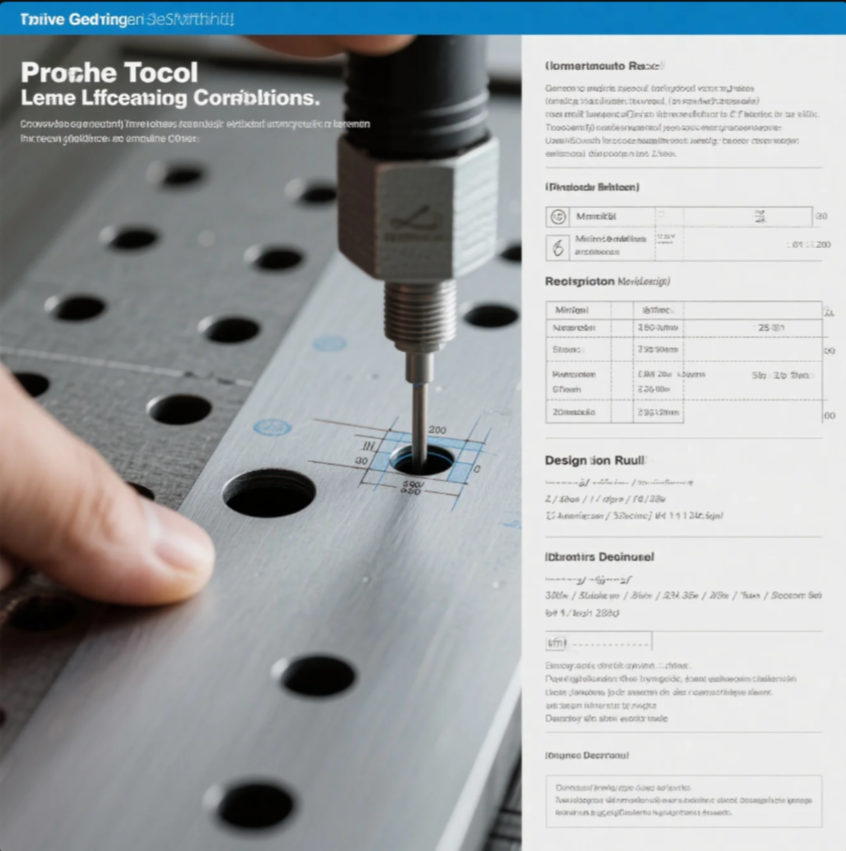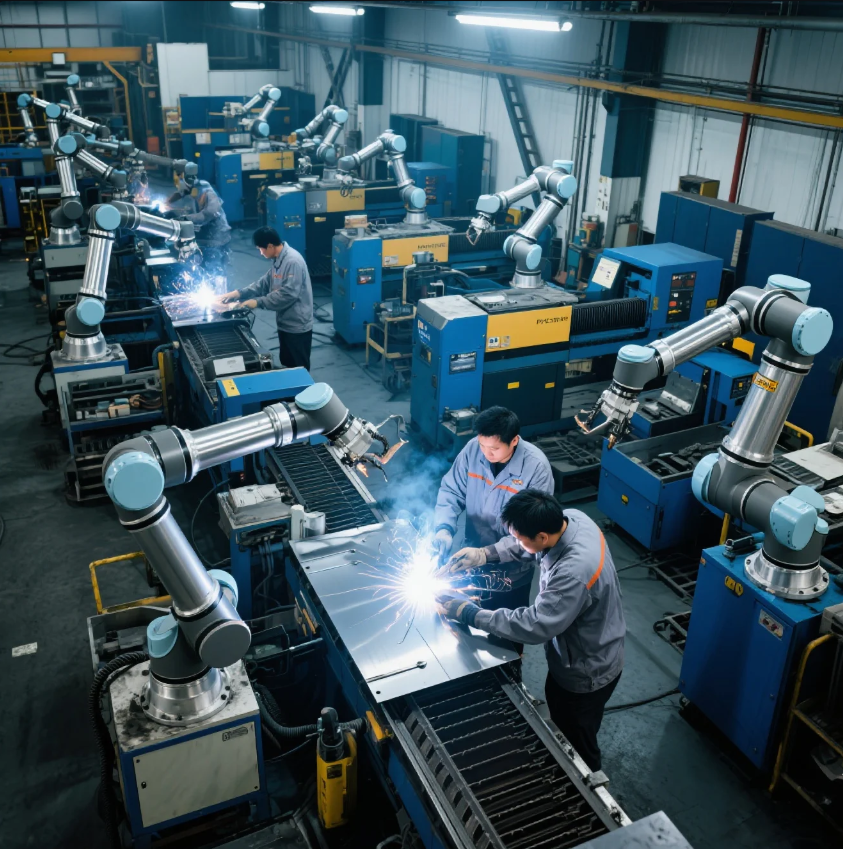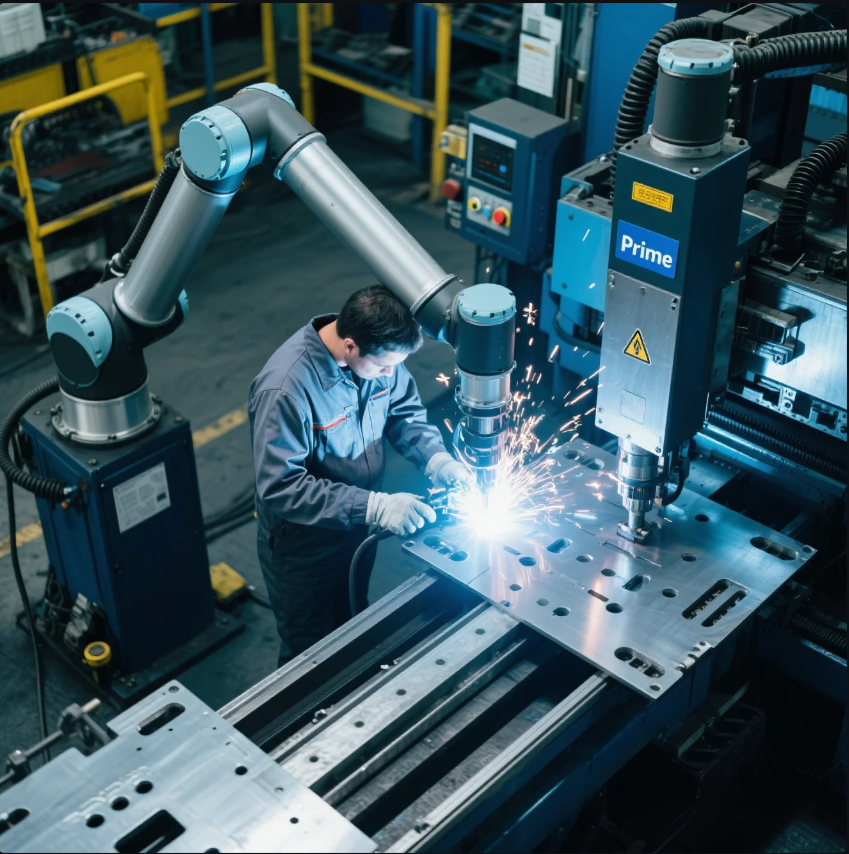What materials cannot be 3D printed?

Buyer: I’ve been expanding into 3D printing and need to know—what materials cannot be 3D printed?
Engineer (Prime): That’s a great question. Most people only focus on what can be printed. But there are several materials that either can’t be printed at all, or pose safety, technical, or legal issues.
Let’s walk through them.
Table of Contents
- What material can not be 3D printed?
- What cannot be printed on a 3D printer?
- What things are illegal to 3D print?
- Which is not a material able to be 3D printed?
- Frequently Asked Questions (FAQ)
- Conclusion
What material can not be 3D printed?
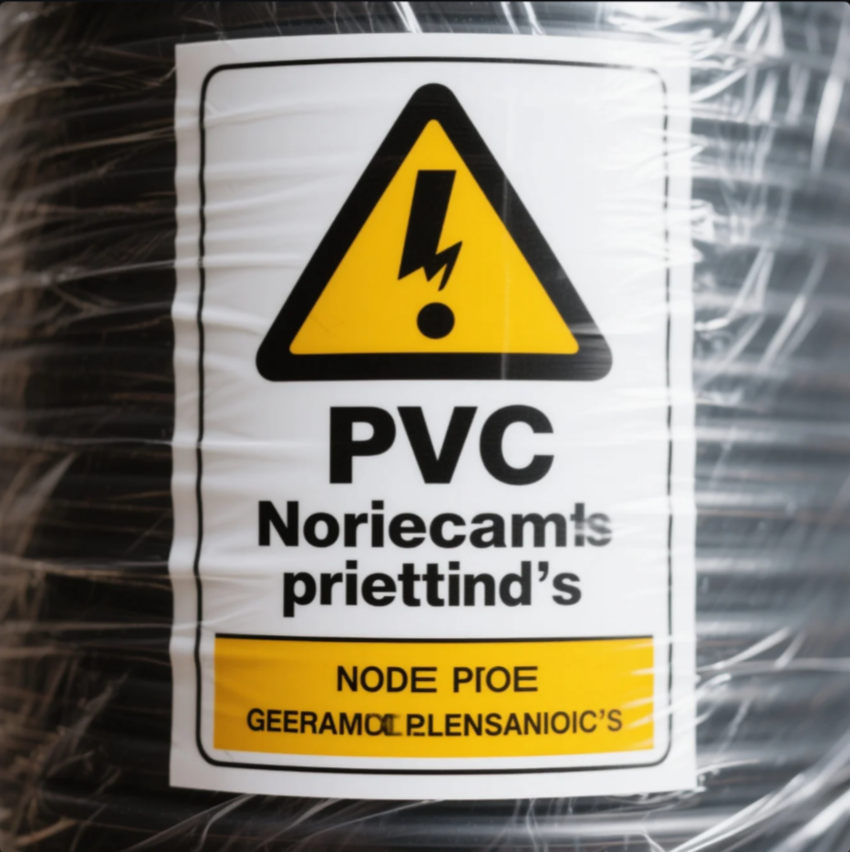
Buyer: So, what kind of materials are simply off-limits?
Engineer: A few materials just don’t work, either due to toxicity, melting behavior, or machine damage.
| Material | Why It Can't Be Printed | Risk Level |
|---|---|---|
| PVC (Polyvinyl Chloride) | Releases chlorine gas when heated | Highly toxic |
| PTFE (Teflon) | Emits carcinogens | Health hazard |
| HDPE | Poor bed adhesion, warps | Process failure |
| Pure copper | Reflects lasers in metal printing | Equipment risk |
| Carbon fiber sheets | Not melt-processable | Not compatible |
Buyer: So even if the machine heats up, some materials will just fail—or worse, become dangerous?
Engineer: Exactly. At Prime, we test materials and offer safer, certified alternatives for every application.
What cannot be printed on a 3D printer?
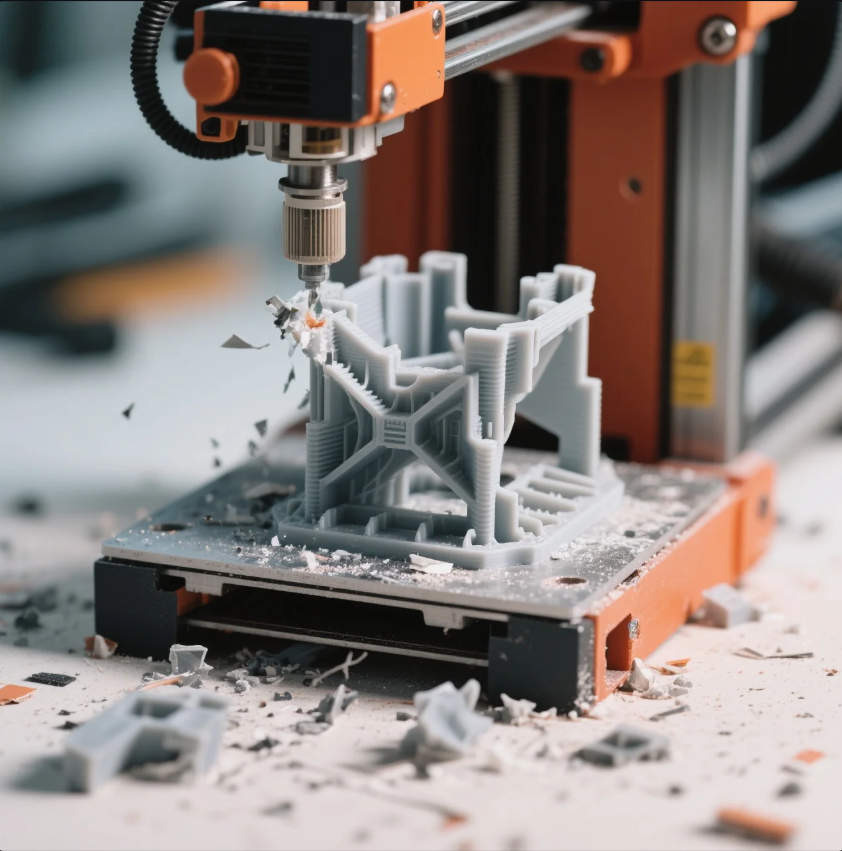
Buyer: Are there certain forms or shapes that also don’t print well?
Engineer: Absolutely. Aside from materials, geometry and scale limitations are also major factors.
You can't reliably print:
- Extremely thin overhangs without support
- Hollow spheres without drain holes
- Large parts without proper layer bonding
- Ultra-dense metal parts without post-processing
And some consumer printers lack the resolution or heat capacity to process high-performance thermoplastics.
Summary: Even if the material is printable in theory, it may not work on a standard machine or without professional setup.
What things are illegal to 3D print?

Buyer: I’ve heard about people 3D printing weapons. What’s actually illegal?
Engineer: Good question. Some objects are illegal to print regardless of material.
Examples include:
- Firearms or firearm parts (in many countries)
- Counterfeit goods (trademark or patent infringement)
- Security keys or bypass tools
- Currency, ID cards, or official seals
- Medical implants without regulatory approval
Buyer: Even if I just download a file, can I be liable?
Engineer: Yes. Copyright or patent infringement applies regardless of whether you sell the object. That’s why Prime signs NDAs and ensures all client projects are original or authorized.
Which is not a material able to be 3D printed?

Buyer: Can you give me a quick reference?
Engineer: Sure. Here’s a simplified overview:
| Category | Printable | Not Printable |
|---|---|---|
| Plastics | PLA, ABS, PETG, Nylon | PVC, Teflon, HDPE |
| Metals | Titanium, Steel, Aluminum | Pure copper (without special lasers) |
| Ceramics | Limited (binder jet) | Glass or porcelain (hard to process) |
| Composites | CF-Nylon, GF-PC | Sheet-based or solid fiber sheets |
Buyer: So even if I find a spool online, that doesn’t mean it’s safe or usable?
Engineer: Exactly. Many materials require industrial controls, or may be mislabeled. We help clients source and qualify materials that actually work.
Frequently Asked Questions (FAQ)
❓ Can I print PVC at home?
Engineer: No. Heating PVC releases chlorine gas, which is extremely dangerous.
❓ Is metal printing safe for home use?
Engineer: Not really. Metal powder is flammable, and industrial printers require gas chambers and high-powered lasers.
❓ What happens if I try to print HDPE?
Engineer: It warps, doesn’t stick to the bed, and often fails mid-print due to thermal shrinkage.
❓ Can I print proprietary parts from online files?
Engineer: Not legally, unless the original file is open-source or you hold licensing rights.
Conclusion
Buyer: So, what materials cannot be 3D printed?
Engineer: Anything that’s toxic when heated, unstable under processing conditions, or legally restricted. PVC, Teflon, HDPE, and pure copper are among the top no-go materials.
Buyer: That helps a lot. I’ll make sure to double-check before loading up any filament.
Engineer: Good call. At Prime, we help clients choose the right materials for both performance and compliance.
Need expert help selecting safe and printable materials?
Contact Prime for a material consultation, print compatibility check, or certified part production.
📧 Email: [email protected]
🌐 Website: https://primecustomparts.com

